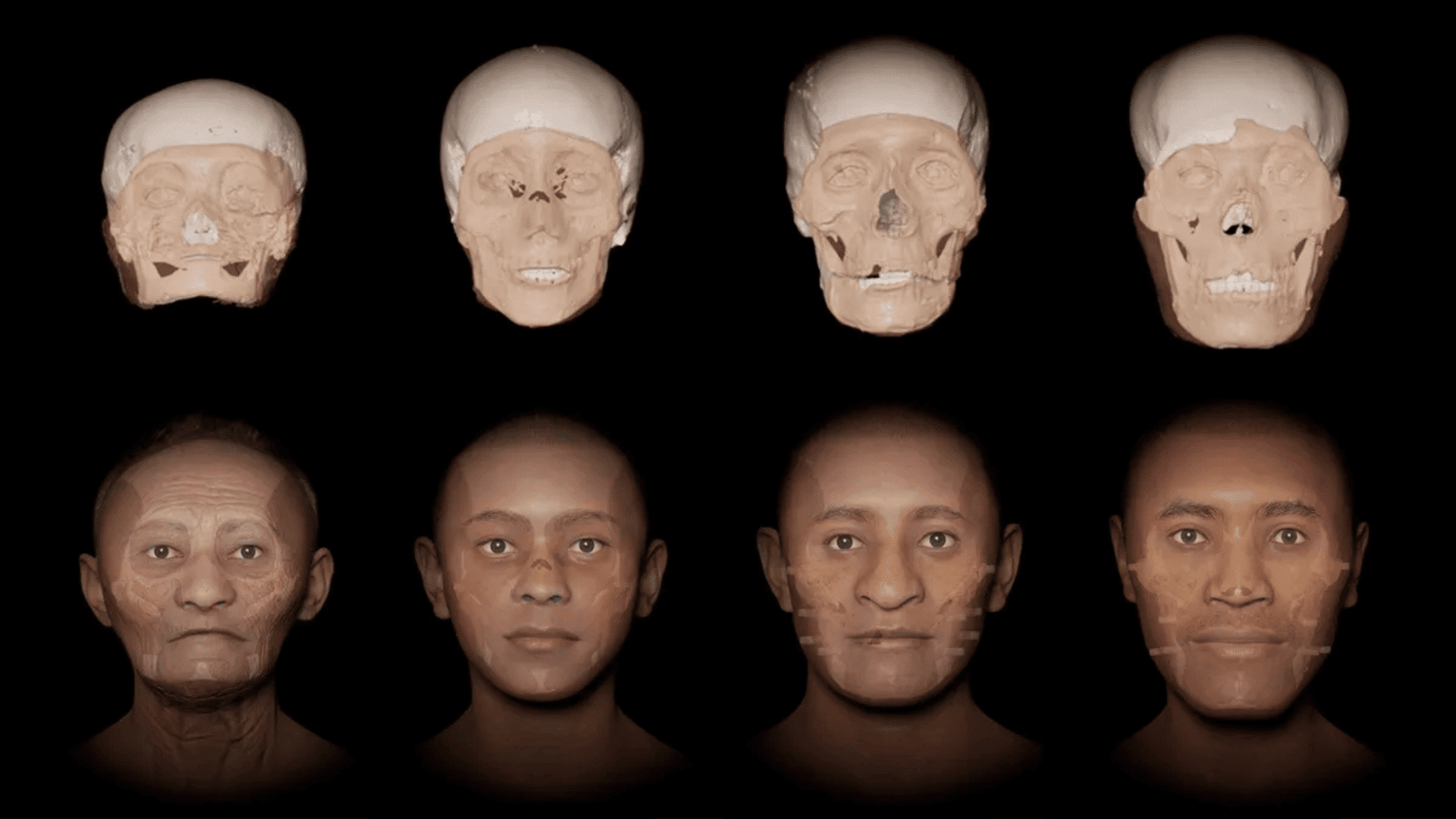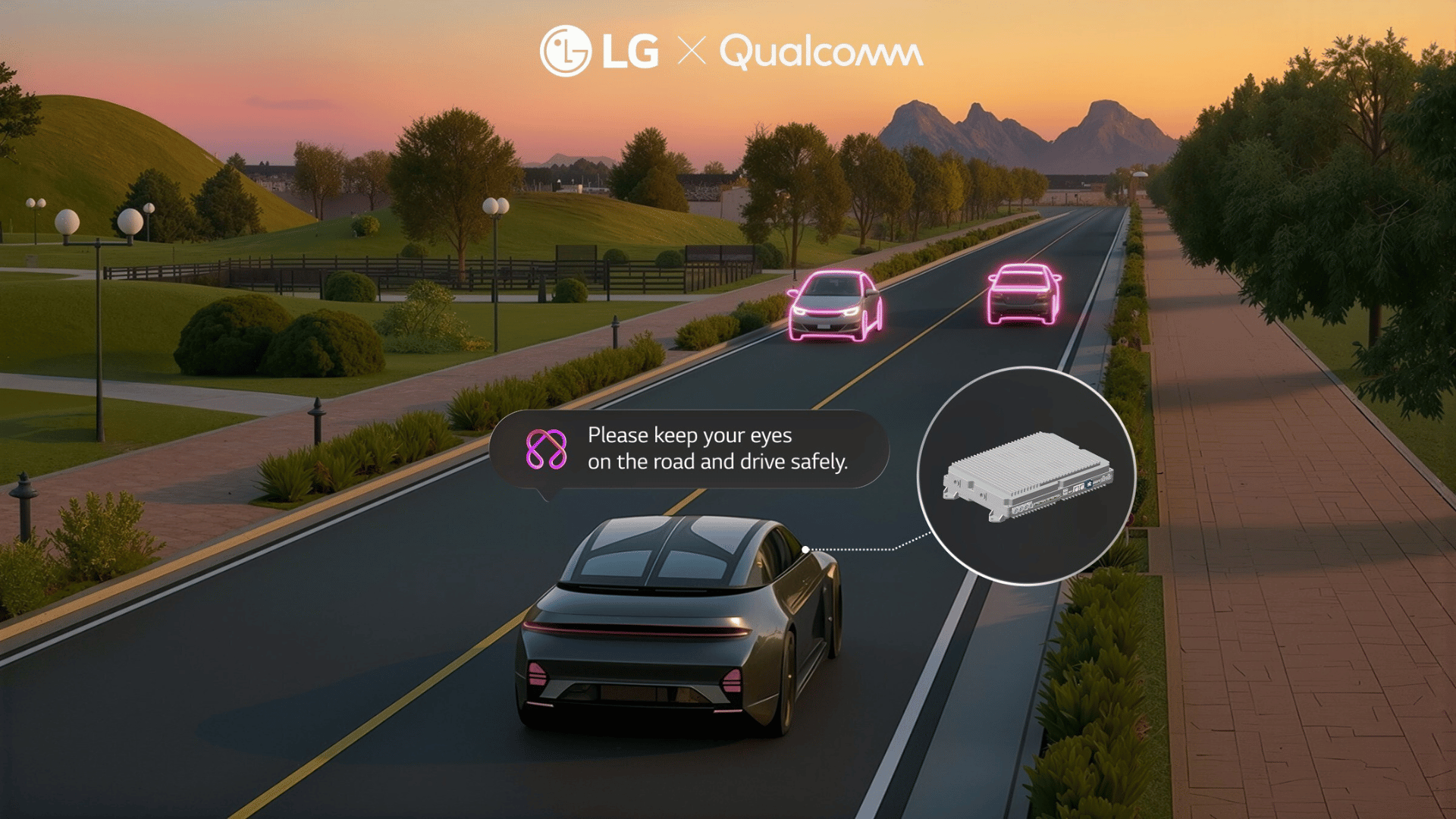Mummies from the 13th and 18th centuries have been digitally “unmasked” and virtually reconstructed, showing us what they may have looked like during their lifetimes.
‘Digitally Unmasked’ Mummies

Originally from the Andes of Colombia, the four mummies were buried with death masks covering their faces. Though it was noted that they appeared to be the only Colombian example of this cultural practice, little else was known about them.
The mummies consist of a 6- to 7-year-old child, an approximately 60-year-old female, and two young adult males. The stylized masks covering their faces are made of clay, resin, wax, and maize. Though the masks were damaged, some ornamental beads outlining the eyes still remain intact.
To begin the reconstruction process, researchers performed CT scans on the skulls. The scans used X-rays to generate virtual 3D images by taking images of 2D slices of a sample and piecing them together.
According to Jessica Liu, the project manager for Face Lab at Liverpool John Moores University in the U.K., this allowed the team to “effectively unmask the skull digitally” by removing the layers containing the mask.
Researchers then used specialized software and a haptic touch stylus pen to superimpose soft tissue, muscles, and fat onto the digital skulls. Average facial tissue depth data from modern-day adult male Colombians was used to add the soft tissue to the two young adult male skulls, but similar data wasn’t available to be used for the other two skulls.
The individuals were given the eye, skin, and hair colors typical of those from the region, and neutral expressions to avoid making any assumptions about their personality. The most challenging part, according to Liu, was adding facial “texture” features such as eyelashes, freckles, wrinkles, and pores.
“Texture is always the biggest challenge, just because we simply don’t know how they would present themselves, whether or not they have any facial scarring or tattoos, or if that actually is the skin tone,” Liu said. “What we present in terms of texture is an average representation, based on what we know of these individuals.”
It’s important to note that these aren’t accurate portraits of these individuals, but instead show “what they could have looked like rather than ‘this is what they looked like’,” Liu said.







